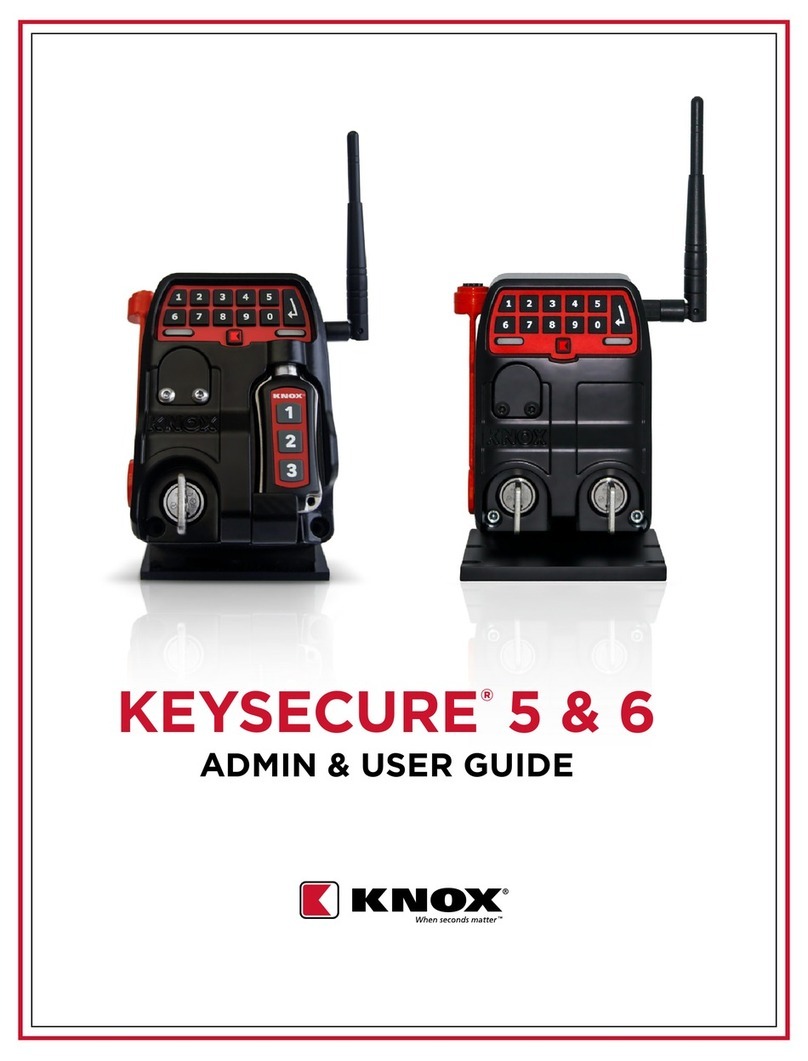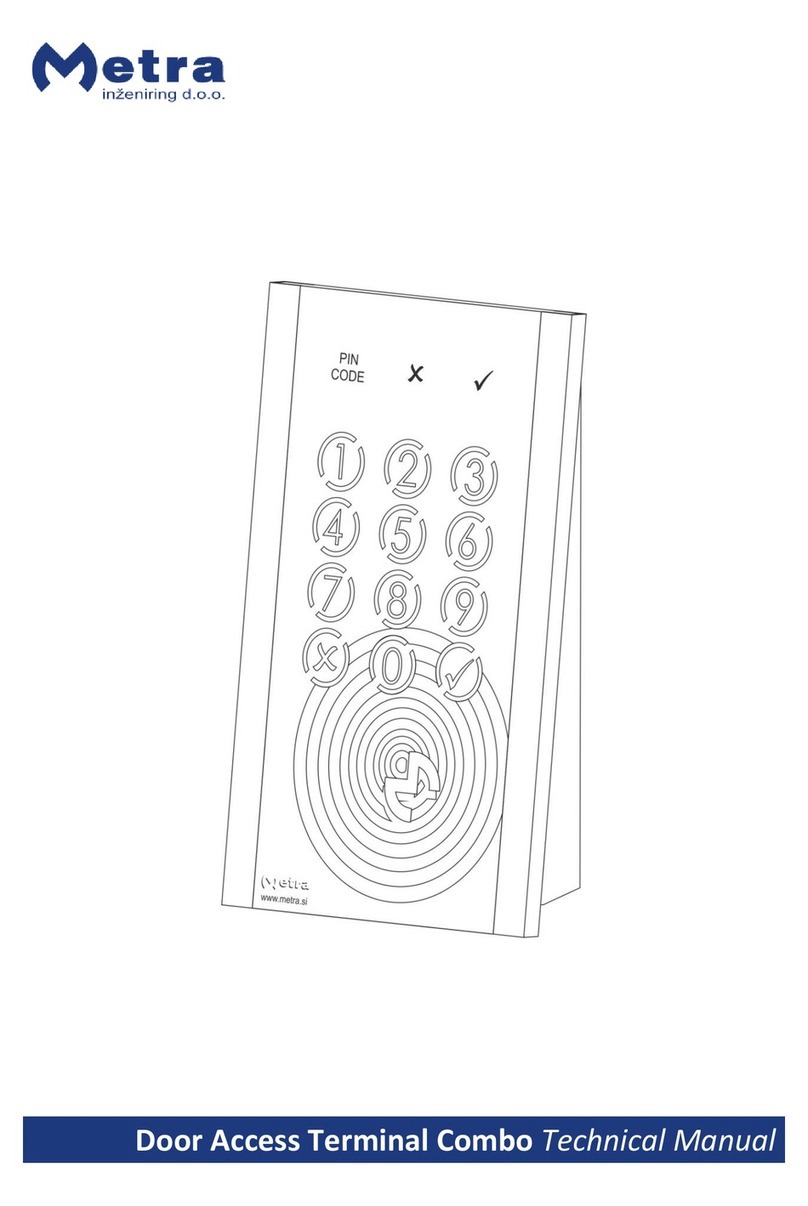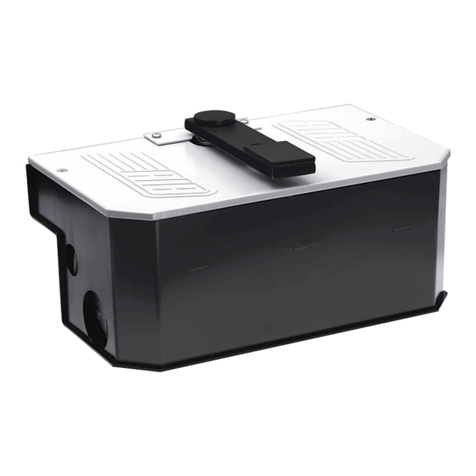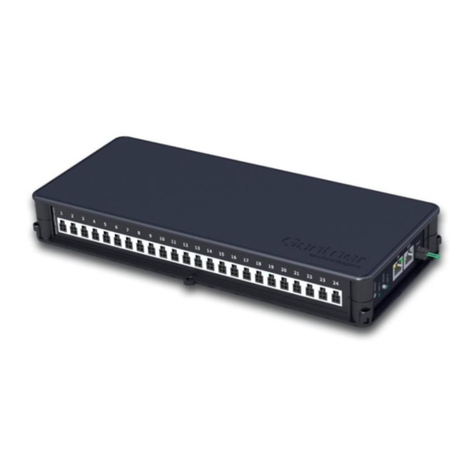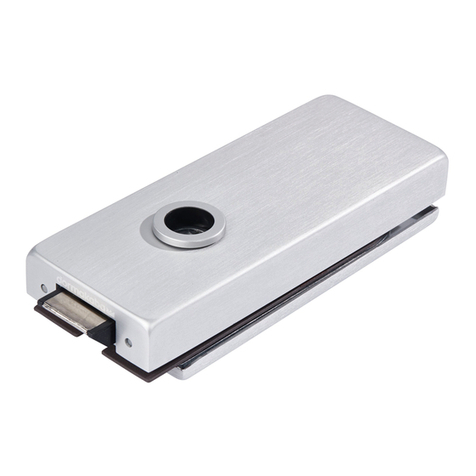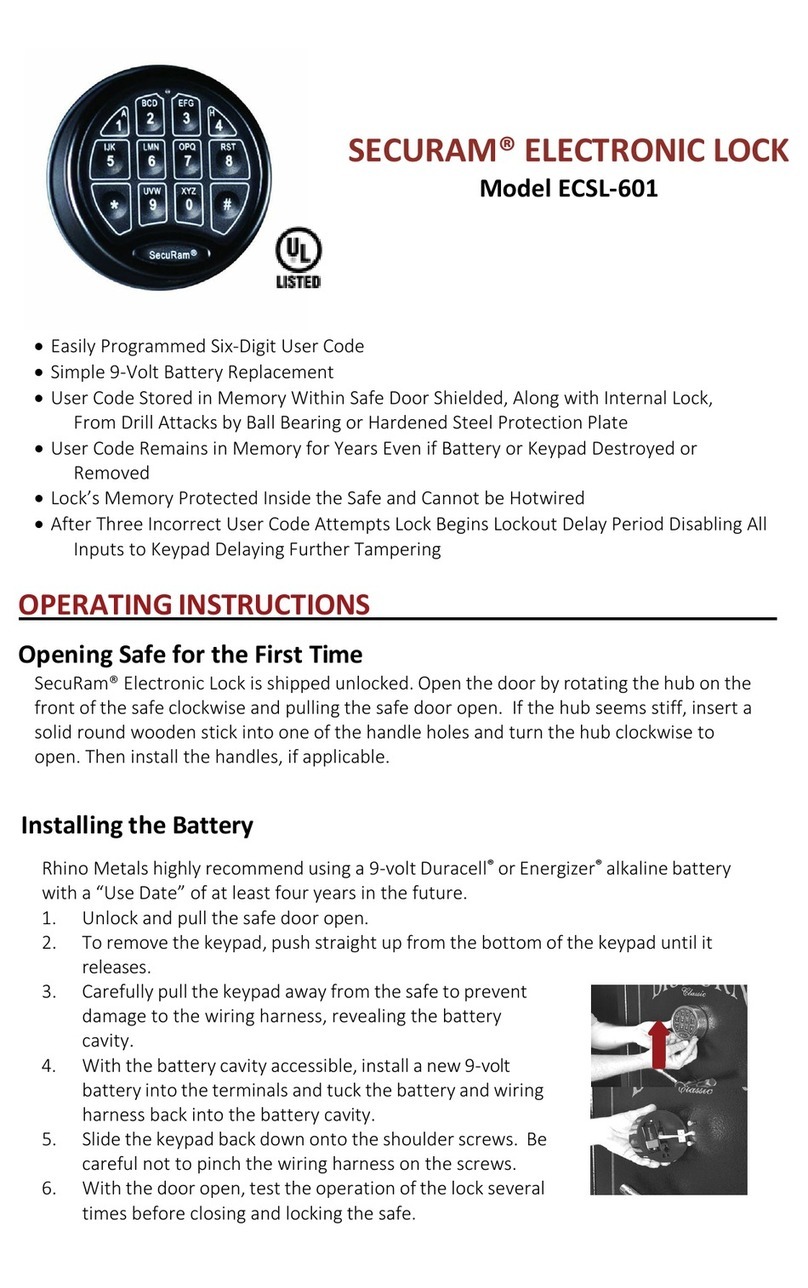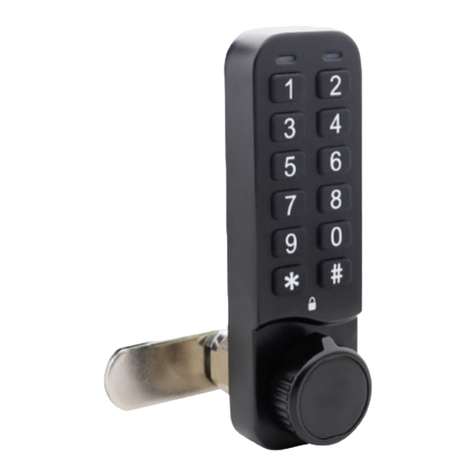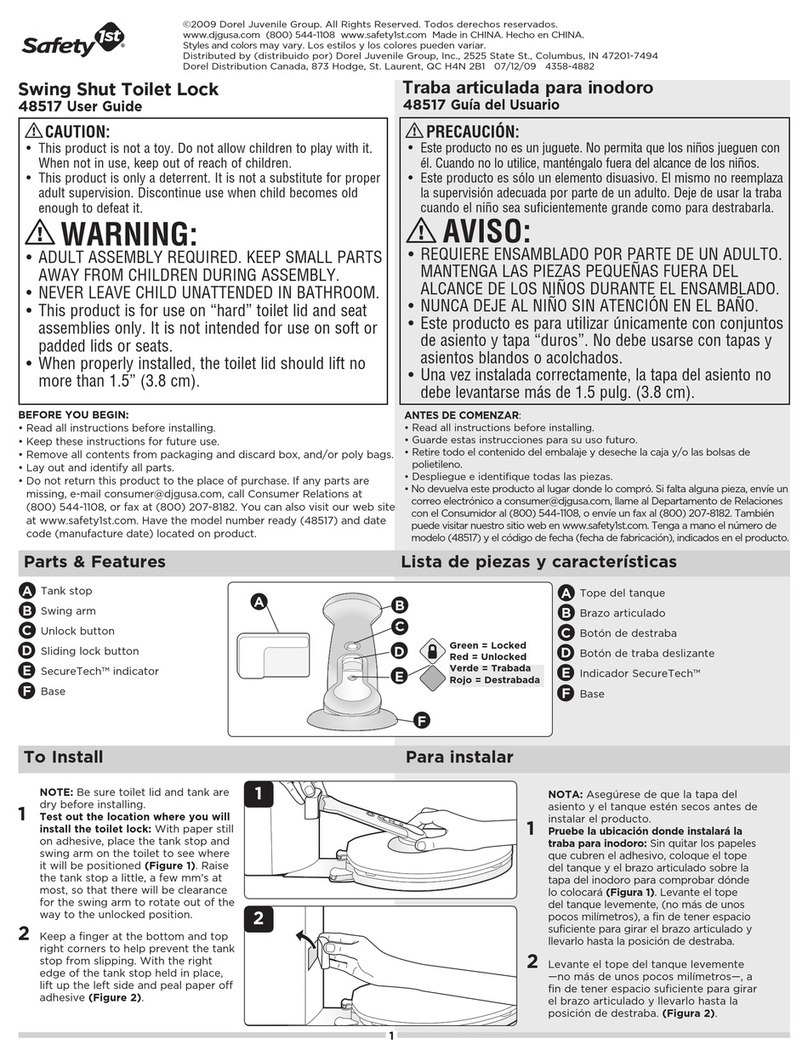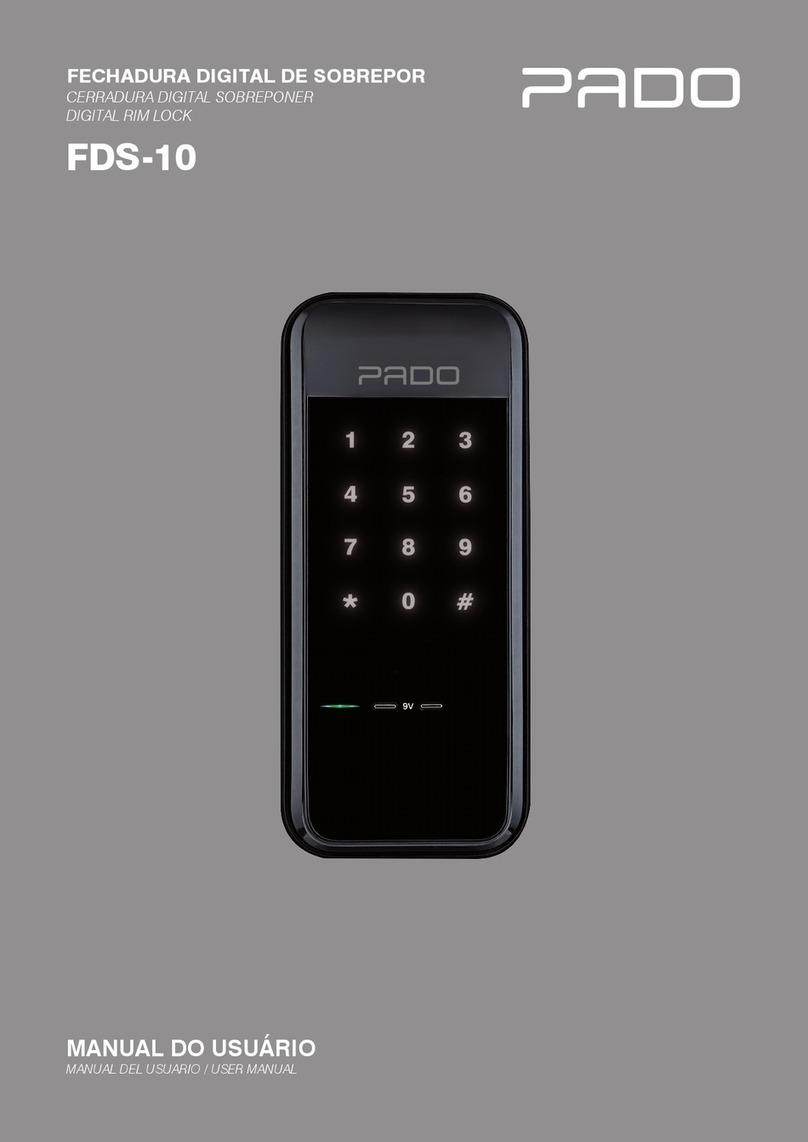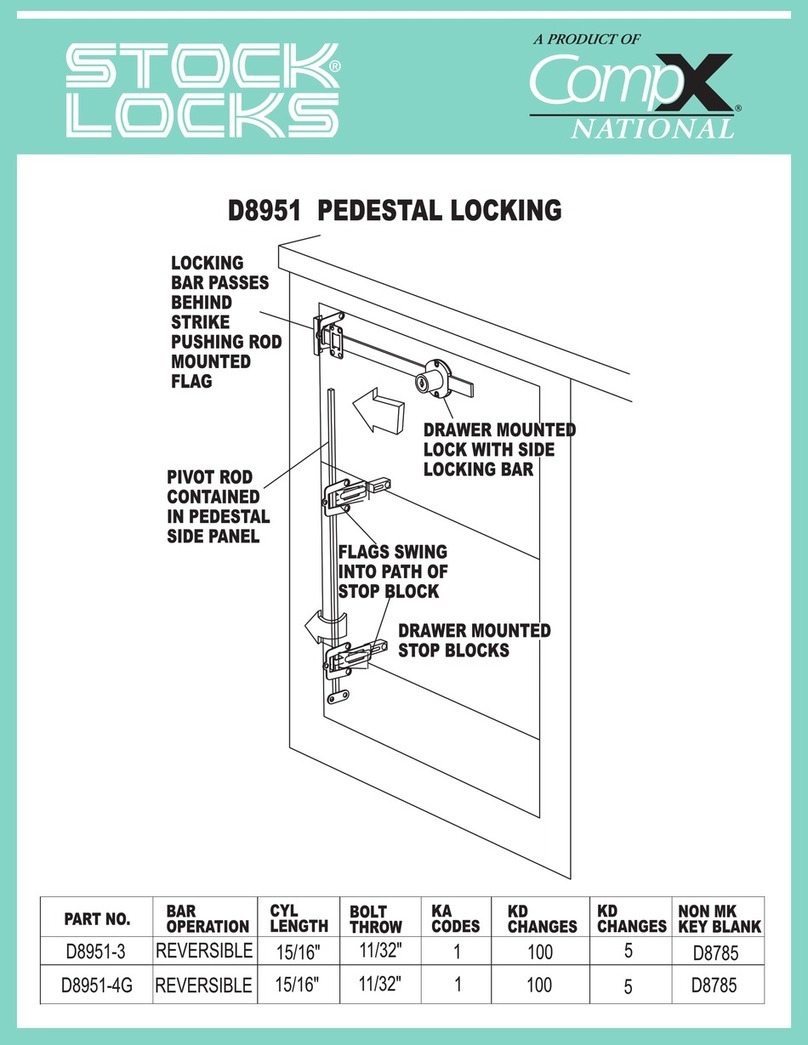
Manual EKS Electronic-Key Adapter PROFINET
Seite 6/44 Subject to technical modifications 109283-01-04/10
1.4 Correct use
As part of a higher-level overall system, the EKS Electronic-Key adapter is used for access control and
monitoring on controllers or parts of controllers for machine installations. EKS can be used, for example, as part
of an overall system for checking access rights for operating mode selection. However, it is not permitted to
directly derive the operating mode from the access rights on the Electronic-Key. If the selection of the operating
mode is relevant for safety, this action must not be performed by means of the EKS; instead an additional
device must be used for selection of the operating mode. This is possible via the graphical user interface on the
control system, for example.
The version EKS FSA has outputs that can be utilized to produce a safe shut-down signal (for block diagram
see section 3.1.2). In this case, a safe evaluation device must be connected downstream. This means that the
EKS FSA can be used for safety-relevant applications. The machine must be reset to a safe operating mode
when the Electronic-Key is removed. A hazard analysis must be performed on this aspect as per the
requirements in the machinery directive. The risk and the necessary risk reduction by technical means must be
determined with reference to a suitable standard. The following requirements must be met for operation:
fThe data signal (channel LB) and the switched output LA1/LA2 (channel LA) must be polled by a safe
downstream evaluation device corresponding to the risk determined. The data line (channel LB) is used to
supply the information as to whether or not an Electronic-Key is inserted and which access rights are
assigned to the Electronic-Key. The output LA1/LA2 (channel LA) is used for redundant supply of the
information as to whether or not an Electronic-Key is inserted (independent of the access rights). The data
line or, alternatively, the switched output LB1/LB2 can be used as channel LB. Like LA1/LA2, the output
LB1/LB2 is used to supply only the information as to whether or not an Electronic-Key is inserted
(independent of the access rights). Use of the output LB1/LB2 is optional.
fThe control system must check whether the Electronic-Key inserted is authorized to select the operating
mode and whether the access rights on the Electronic-Key permit operation in the operating mode currently
selected.
fThe user must select the related operating mode using the control system or another suitable circuit.
fThe manufacturer of the system must check which safety level is reached with the overall system and
whether the overall system provides adequate safety against hazards in the intended application.
Information!
The machinery directive 98/37/EC provides information on selection of the operating mode. It is
imperative this information is followed.
When designing machines and using the Electronic-Key adapter, the national and international regulations and
standards specific to the application must be observed, e.g.:
fEN 60204, Safety of machinery. Electrical equipment of machines
fEN 12100-1, Safety of machinery. Basic concepts, general principles for design - part 1: basic terminology,
methodology
fEN 62061, Safety of machinery. Functional safety of safety-related electrical, electronic and programmable
electronic control systems
fEN ISO 13849-1, Safety of machinery. Safety related parts of control systems - part 1: General principles for
design
Modifications to the electronics of the Electronic-Key adapter and any other changes, especially mechanical
modifications and reworking, are not permissible and will result in the loss of the warranty and exclusion of
liability.


